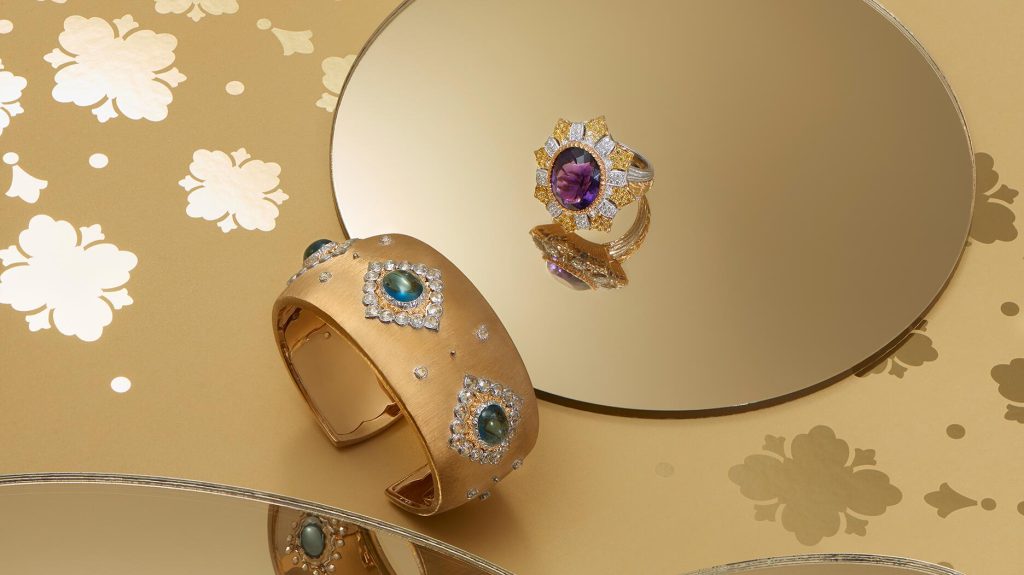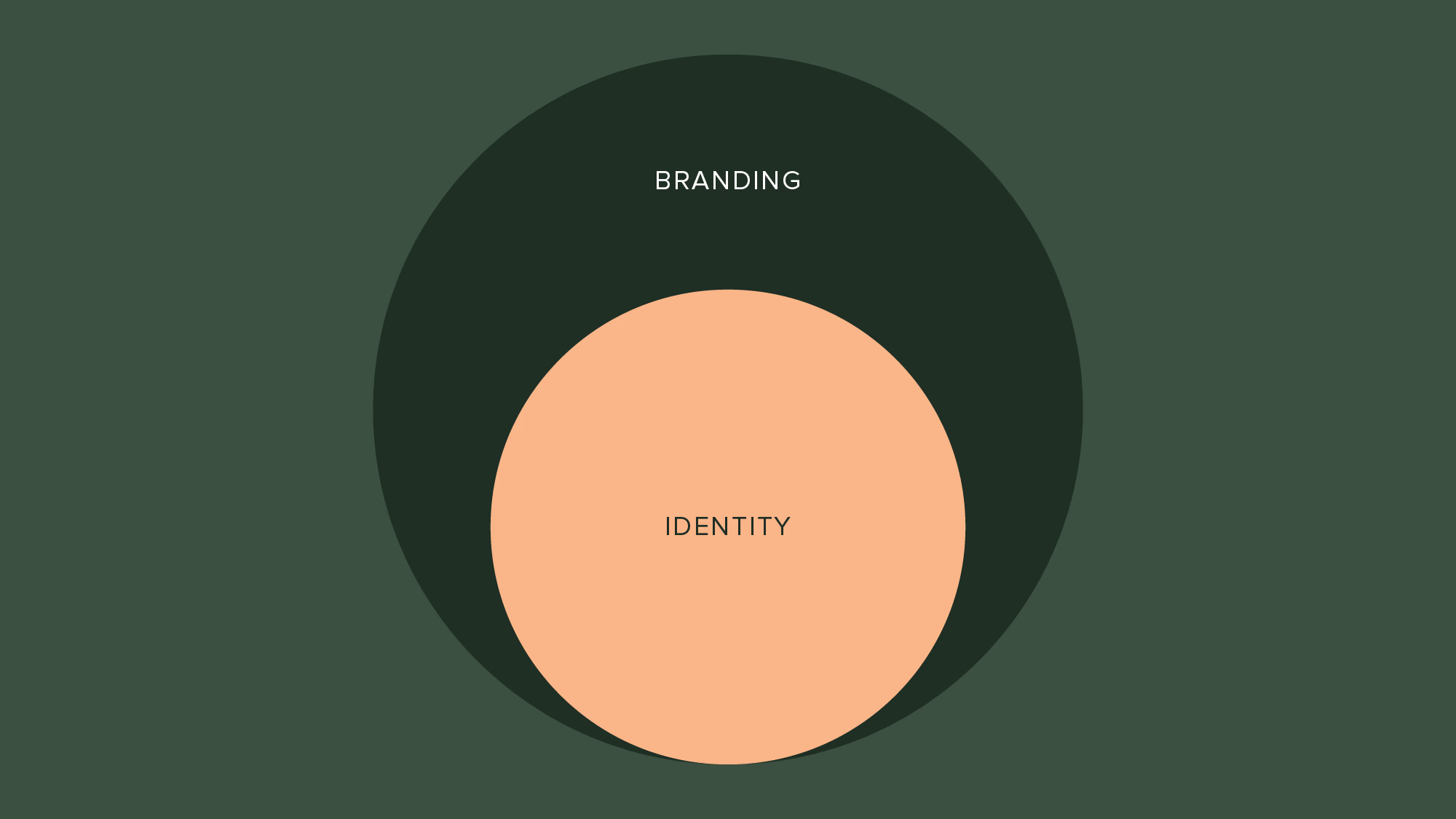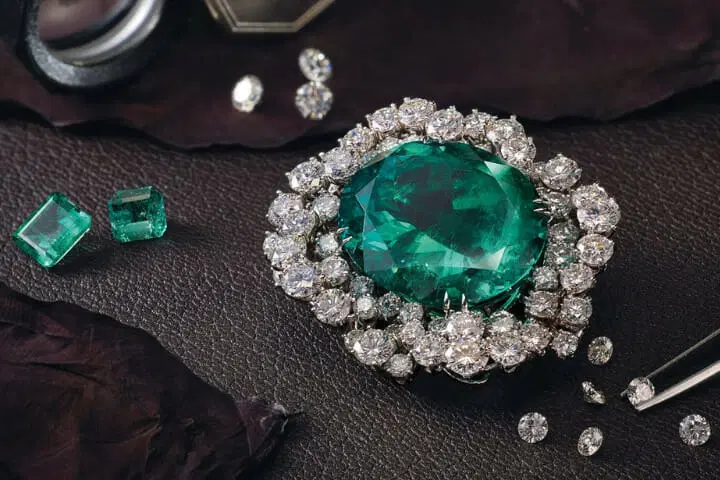The jewelry industry, often seen as a symbol of wealth and luxury, is not immune to the broader economic shifts that impact markets worldwide. The global economy has been experiencing significant uncertainty due to factors such as economic downturns, geopolitical tensions, pandemics, and climate change, which influence both consumer spending and supply chains. As one of the most prestigious sectors in the luxury goods market, the jewelry industry must adapt to these fluctuations to maintain its growth, profitability, and appeal.
In this article, we will explore the various ways in which the jewelry industry is responding to the challenges posed by global economic uncertainty, looking at strategies employed by brands to maintain stability and growth, the role of digital transformation, shifts in consumer behavior, and how companies are addressing supply chain issues.
1. Understanding the Impact of Global Economic Uncertainty on the Jewelry Industry
The jewelry market is heavily influenced by the broader global economy. When economic conditions are unstable, luxury goods, including jewelry, often face significant challenges. The two main factors driving this uncertainty are:
A. Consumer Spending Behavior
In times of economic downturn, luxury items are often the first to experience a reduction in demand. High-end jewelry, which is often seen as a discretionary purchase, can be one of the hardest-hit categories when consumers tighten their spending. Luxury consumers tend to spend less on non-essential items when faced with job instability, inflation, or other financial challenges.
Additionally, high-net-worth individuals (HNWIs), who typically make up the primary customer base for high-end jewelry, may also reconsider their purchases during periods of economic instability. Their wealth might be impacted by fluctuations in the stock market, shifts in the real estate market, or a decline in investment portfolios, affecting their ability to spend as freely on luxury products.
B. Supply Chain Disruptions
The jewelry industry is also heavily reliant on complex global supply chains, especially when it comes to sourcing precious metals like gold, platinum, and gemstones. Geopolitical issues, trade disputes, and pandemic-related disruptions have made supply chains increasingly vulnerable to delays, rising costs, and shortages. For example, the COVID-19 pandemic severely impacted the global supply chain, making it difficult for jewelry companies to source materials, create designs, and deliver finished products on time.
These disruptions are compounded by the fact that many jewelry brands depend on international trade to source diamonds, emeralds, and other valuable gems, and rising tariffs or changing regulations can increase costs or make certain products harder to obtain.
2. Diversification and Strategic Adjustments
To weather the challenges posed by global economic uncertainty, jewelry companies have adopted several strategic approaches that allow them to remain competitive and profitable despite market turbulence.
A. Expanding Product Offerings
Many jewelry brands are diversifying their product lines to appeal to a broader range of consumers. While luxury goods are more vulnerable to economic downturns, brands are introducing more accessible product ranges that can appeal to middle-market consumers. By offering a range of products at varying price points, from high-end exclusive pieces to more affordable collections, jewelry brands are making their offerings more adaptable to the economic environment.
For example, brands such as Tiffany & Co. and Cartier have created lines that incorporate lower-cost materials, such as sterling silver or semi-precious stones, in addition to their traditional high-end collections. These products allow brands to maintain brand prestige while reaching a broader market segment, particularly in times of economic instability.
B. Focusing on Sustainability and Ethical Sourcing
One significant trend that has emerged in response to economic challenges is the increasing focus on sustainability and ethical sourcing. Consumers today, particularly younger generations, are more attuned to issues such as environmental conservation and fair trade practices. As a result, many jewelry brands are turning to ethically sourced diamonds, recycled materials, and sustainable production processes to meet growing consumer demand for socially responsible products.
Brands like Chopard and Bvlgari have emphasized the use of ethically sourced diamonds and conflict-free gems to meet consumer demands for products that align with their values. This not only improves a brand’s image but also creates an additional level of resilience, as customers are increasingly willing to support companies that take responsibility for their environmental and social impact.
C. Strengthening the Online Presence
As the pandemic has proven, digital transformation is essential for surviving in the modern luxury market. Jewelry brands are investing heavily in e-commerce platforms and digital marketing strategies to increase their reach and connect with consumers around the world. Many customers now expect the ability to browse, try, and purchase luxury goods online, which has led to an acceleration in the development of digital tools for the jewelry sector.
Augmented Reality (AR) is increasingly being utilized by jewelry brands to allow customers to virtually try on pieces before making a purchase. Additionally, luxury brands are investing in virtual consultations, digital customer service, and personalized online experiences that make it easier for customers to interact with their favorite brands. By embracing digitalization, jewelry companies can stay relevant and meet consumer demand regardless of external economic pressures.

3. Leveraging Brand Heritage and Exclusivity
One of the defining features of the jewelry industry is its emphasis on heritage, luxury, and exclusivity. In times of economic uncertainty, these qualities often become even more important, as consumers seek value beyond mere financial considerations. For jewelry companies, brand legacy and emotional appeal are key components that help retain customer loyalty during difficult times.
A. Emphasizing Timeless Pieces
Many high-end jewelry brands focus on creating timeless designs that retain their value over time, even during economic downturns. Collectible pieces, limited edition collections, and investment-grade gems continue to appeal to consumers who view jewelry not just as an accessory but as an asset. By creating jewelry that is perceived as valuable, brands can build a loyal customer base that sees their purchases as a form of long-term investment, particularly in times of economic volatility.
For instance, Patek Philippe and Rolex (though primarily known for watches) have made significant strides by offering products that are not only luxurious but also serve as investment assets. Similarly, many jewelry brands create pieces that are designed to appreciate in value over time, further encouraging high-net-worth individuals to view jewelry purchases as an opportunity to safeguard their wealth.
B. Cultivating Brand Loyalty through Emotional Appeal
The jewelry industry is unique in that it offers products that are often tied to significant personal milestones—weddings, anniversaries, and other celebrations. In times of uncertainty, customers may prioritize spending on pieces that hold deep emotional value, leading to brand loyalty. Jewelry brands with a strong emotional connection to their customers are better positioned to maintain strong sales, as consumers will continue to purchase products that hold sentimental value.
For example, brands like Van Cleef & Arpels and Tiffany & Co. often market their pieces as symbols of love, commitment, and timeless beauty, reinforcing the emotional connection that buyers have with their products. These brands emphasize the storytelling aspect of their pieces, making their offerings not just valuable but also meaningful.
4. Supply Chain Resilience and Operational Efficiency
To combat the disruptions caused by global economic uncertainty, jewelry companies are focusing on improving their supply chain resilience and operational efficiency. The jewelry industry is heavily reliant on precious metals and gemstones, so ensuring a smooth flow of materials is critical to meeting customer demand and maintaining profitability.
A. Vertical Integration and Local Sourcing
Some jewelry brands are adopting a strategy of vertical integration, where they manage more of their own supply chains and manufacturing processes. By reducing reliance on external suppliers, brands can ensure greater control over their product quality and the timely delivery of materials.
In addition, jewelry companies are increasingly exploring local sourcing options for certain materials, reducing the risk of supply chain disruptions caused by global trade tensions or natural disasters. This strategy helps mitigate the impact of shipping delays and rising costs, especially for high-demand materials.
B. Embracing Technological Advancements
The adoption of new technologies such as blockchain to track the origin of gemstones and ensure ethical sourcing is helping jewelry brands improve transparency and consumer confidence. Blockchain allows for traceability of materials, reducing the risk of counterfeit goods and ensuring that jewelry brands are providing authentic, ethically sourced products.
Moreover, the use of 3D printing and other manufacturing technologies has allowed brands to streamline their production processes, reducing waste and increasing operational efficiency. These innovations allow jewelry companies to remain competitive by delivering products more quickly and at lower costs, which is crucial during times of economic uncertainty.
5. Conclusion: Navigating the Future with Adaptability
The global economic uncertainty presents a variety of challenges for the jewelry industry, but it also offers opportunities for those brands that are able to adapt. By embracing innovation, digital transformation, and diversification, jewelry companies can continue to thrive despite external pressures. Maintaining a focus on heritage, luxury, and exclusive designs while ensuring operational flexibility and ethical practices will help jewelry brands retain their relevance and competitiveness in an ever-changing market.
As economic conditions continue to fluctuate, the jewelry industry’s ability to navigate these challenges will depend on its agility in responding to consumer preferences, market demands, and supply chain complexities. Brands that strike the right balance between tradition and innovation will remain well-positioned to succeed, continuing to offer timeless luxury while responding to the changing tides of the global economy.

















































